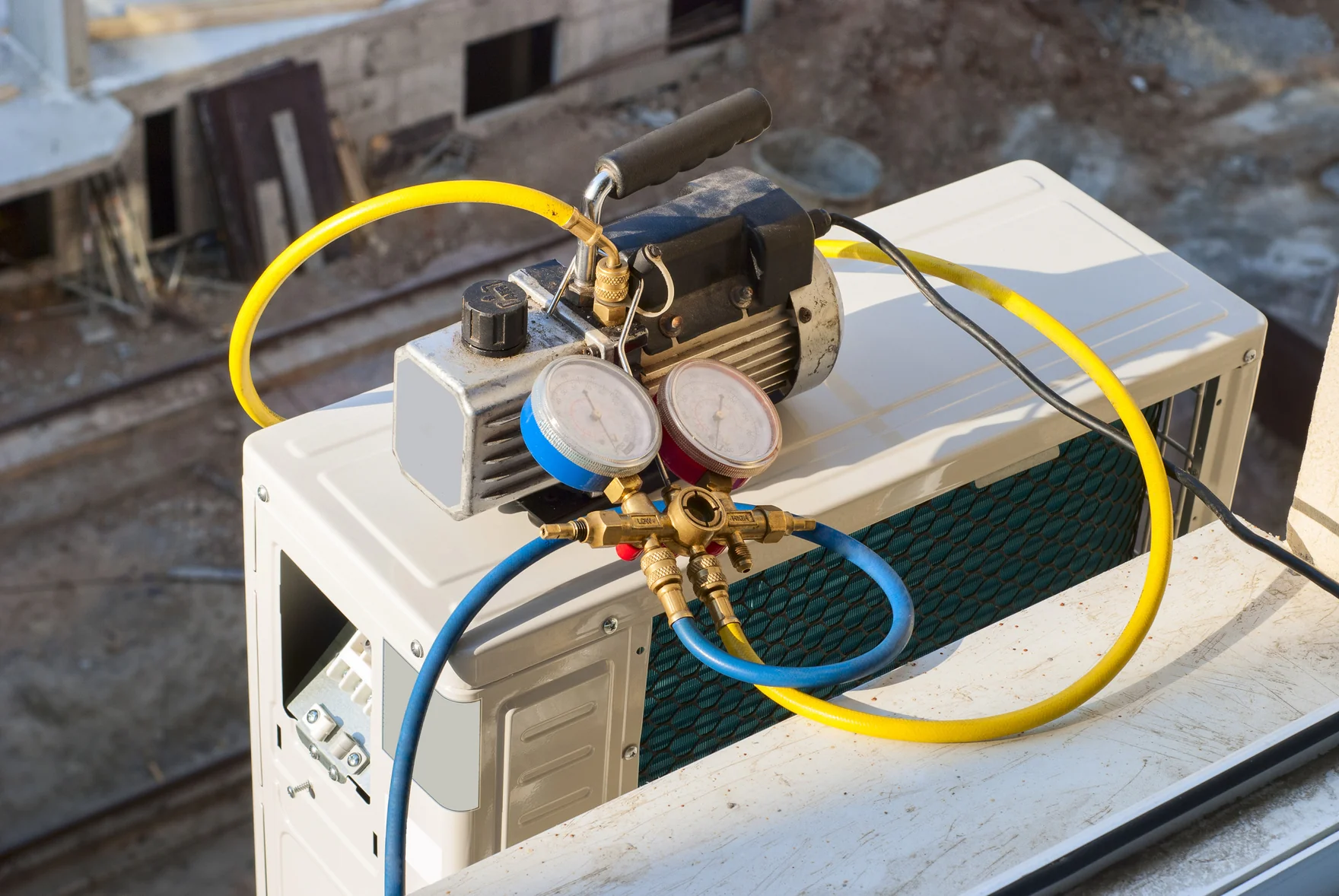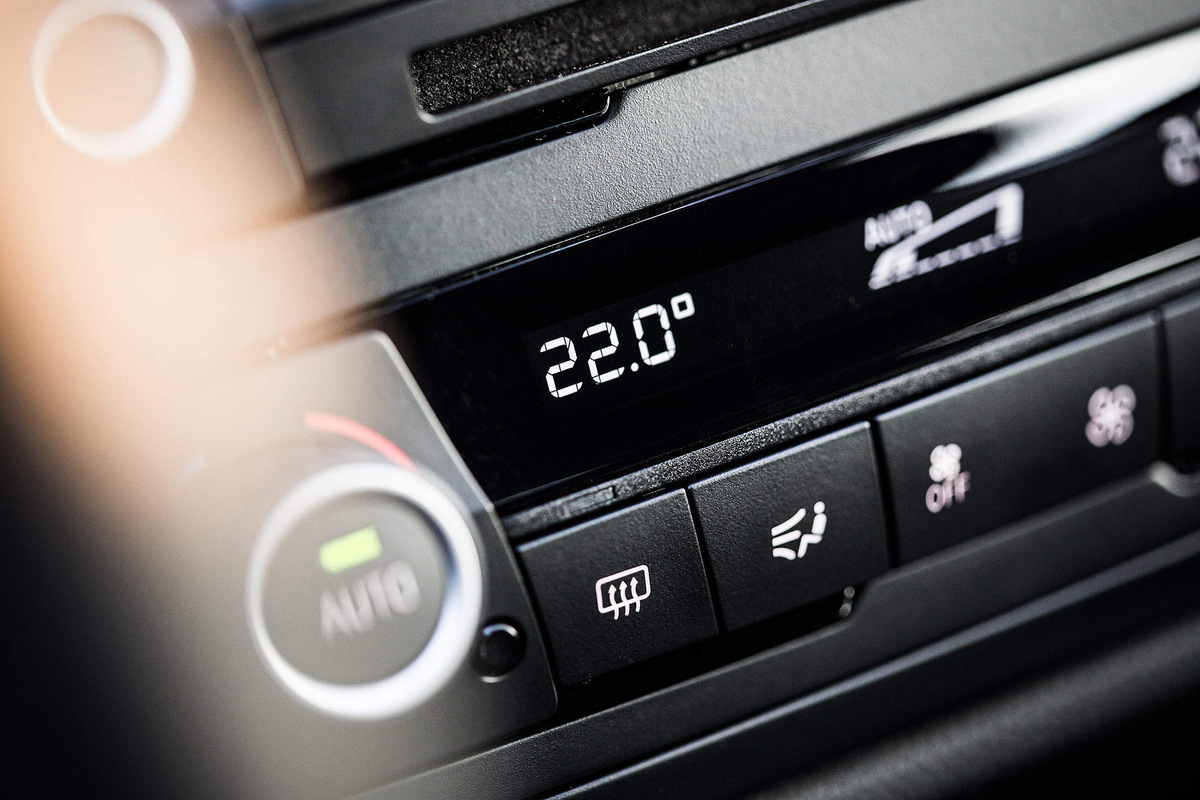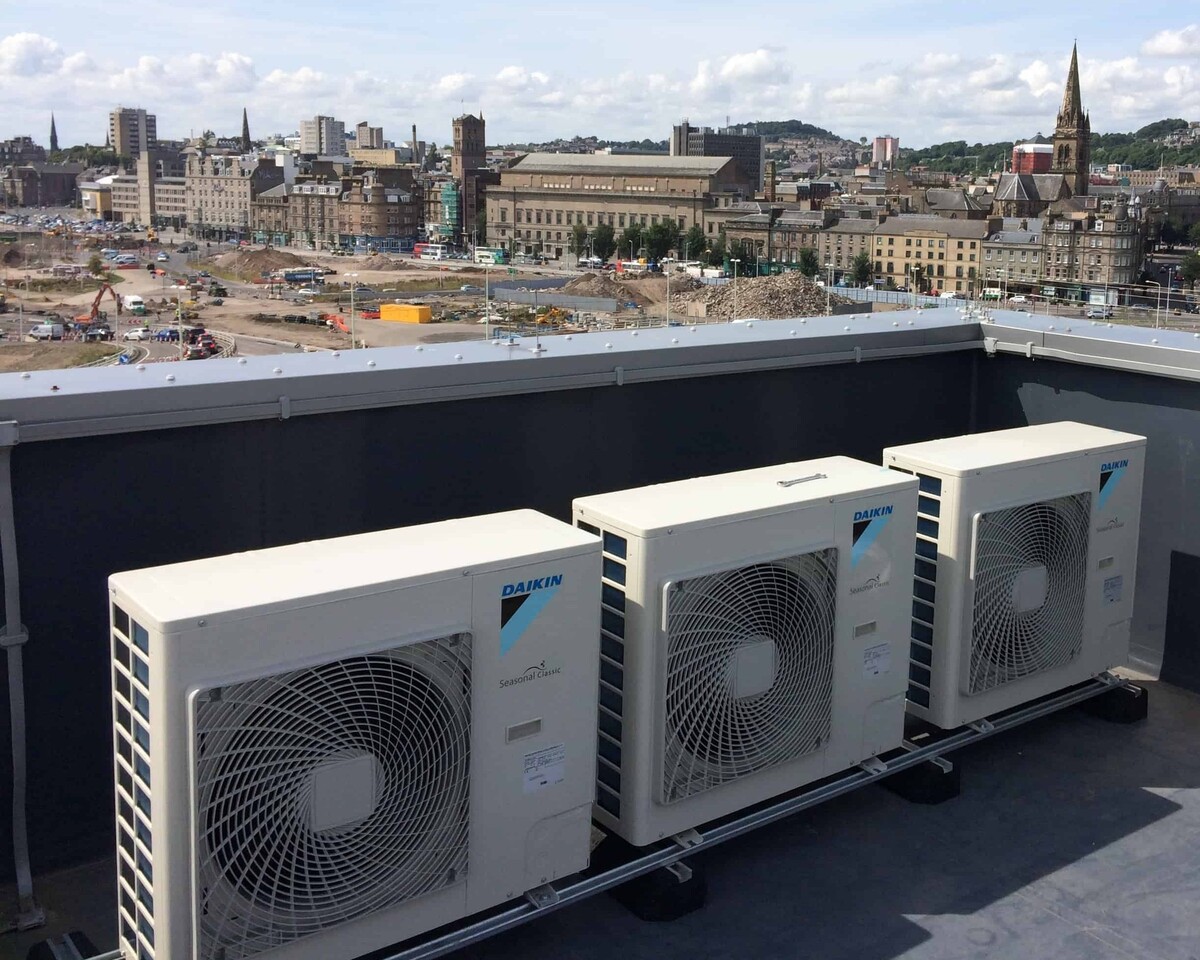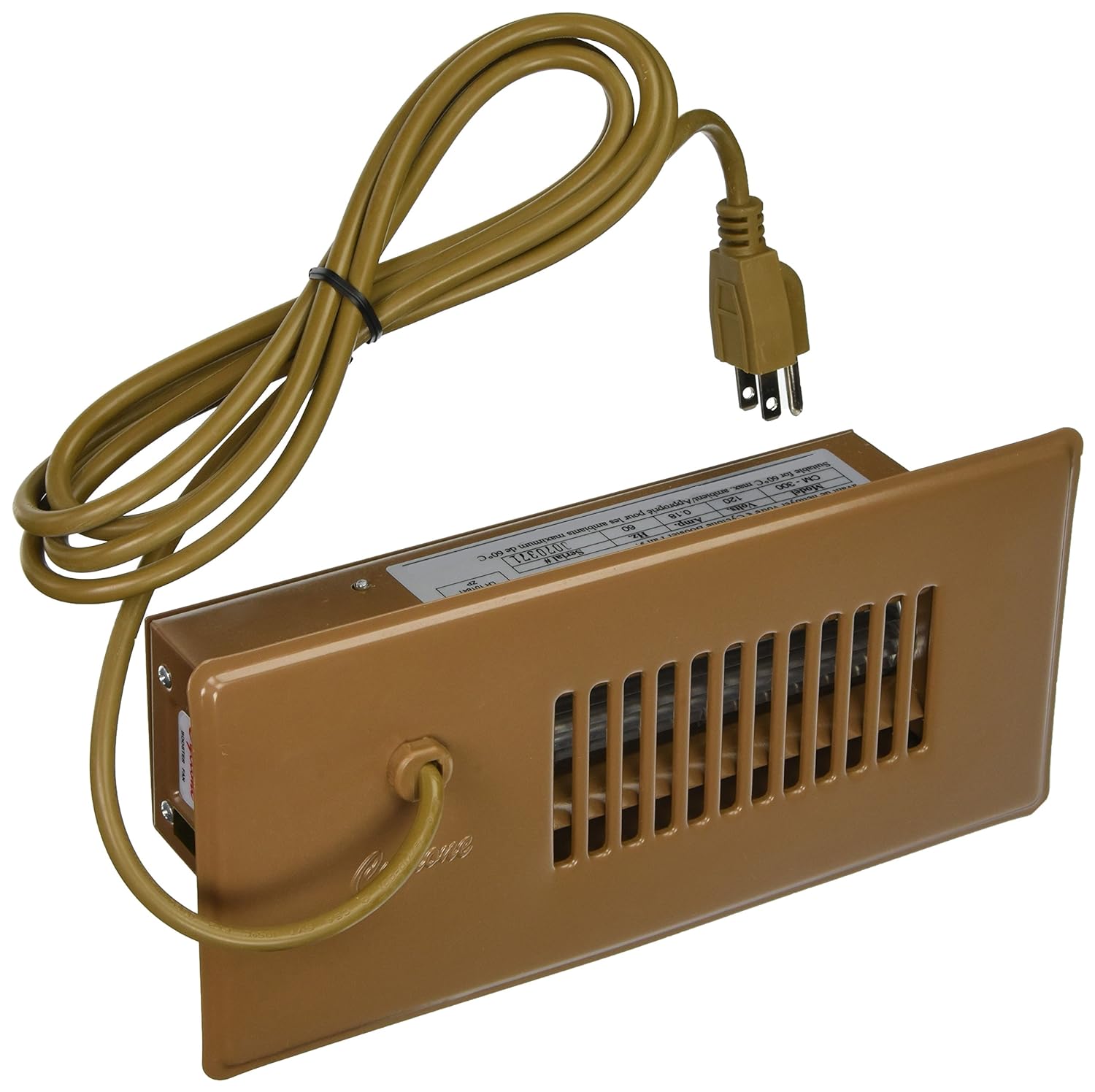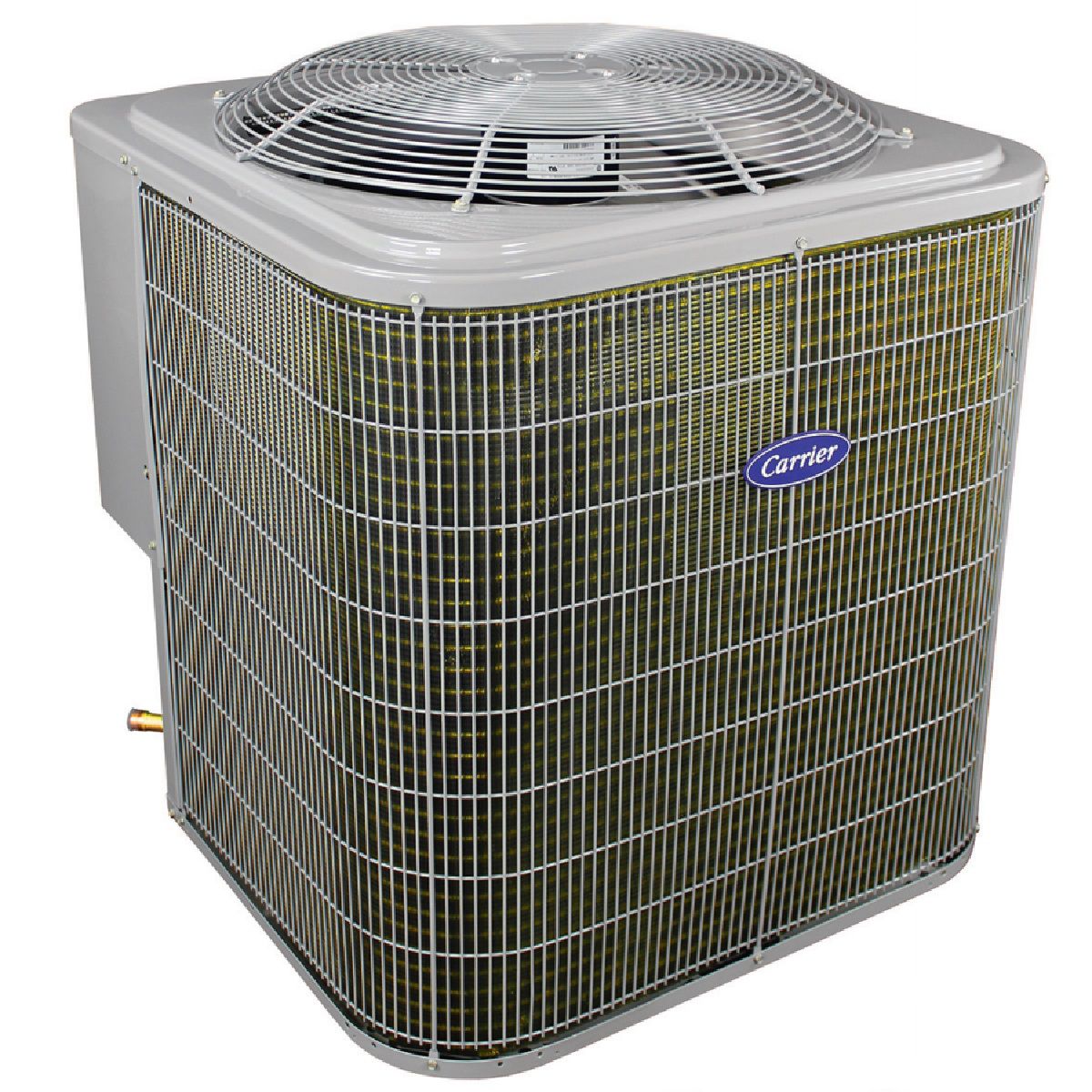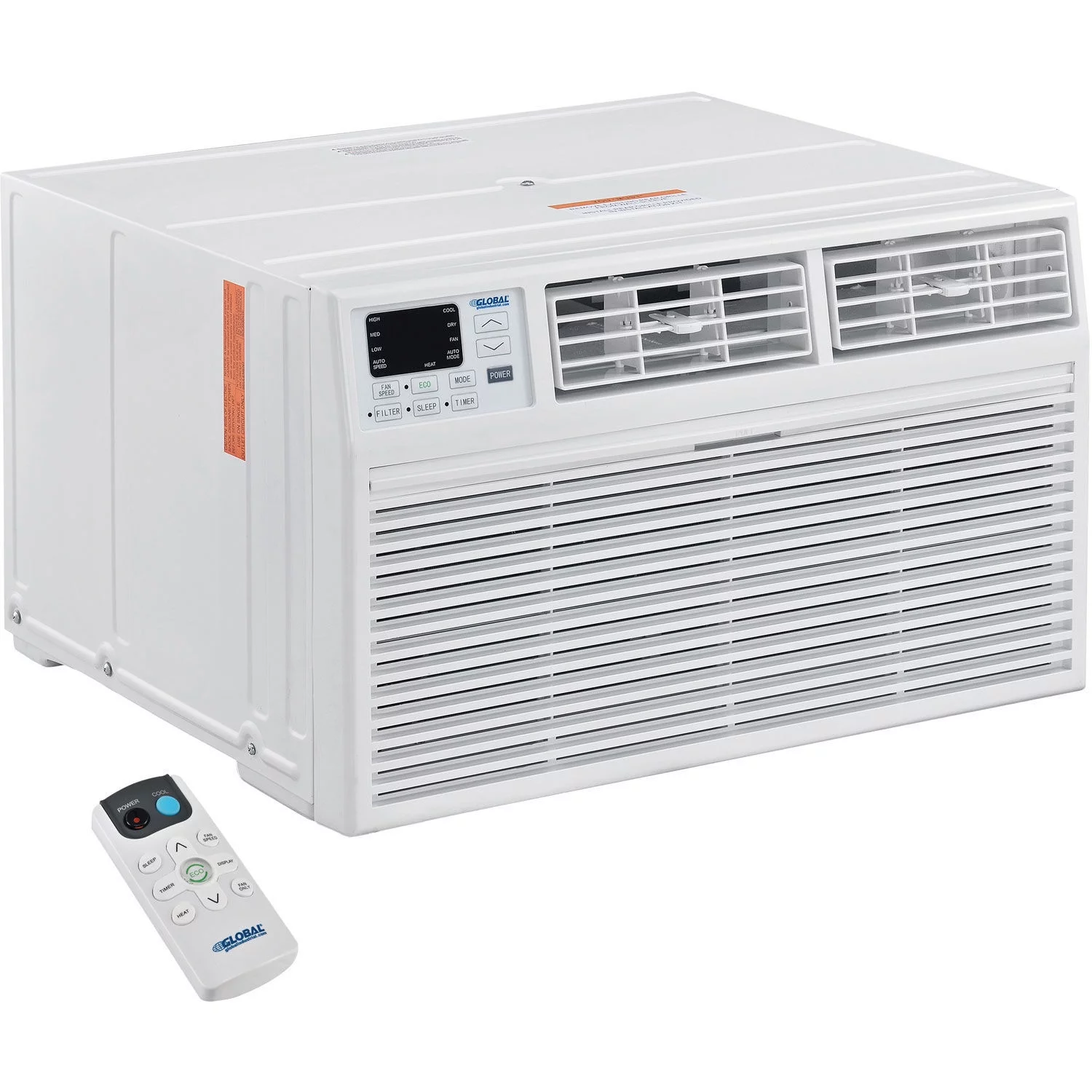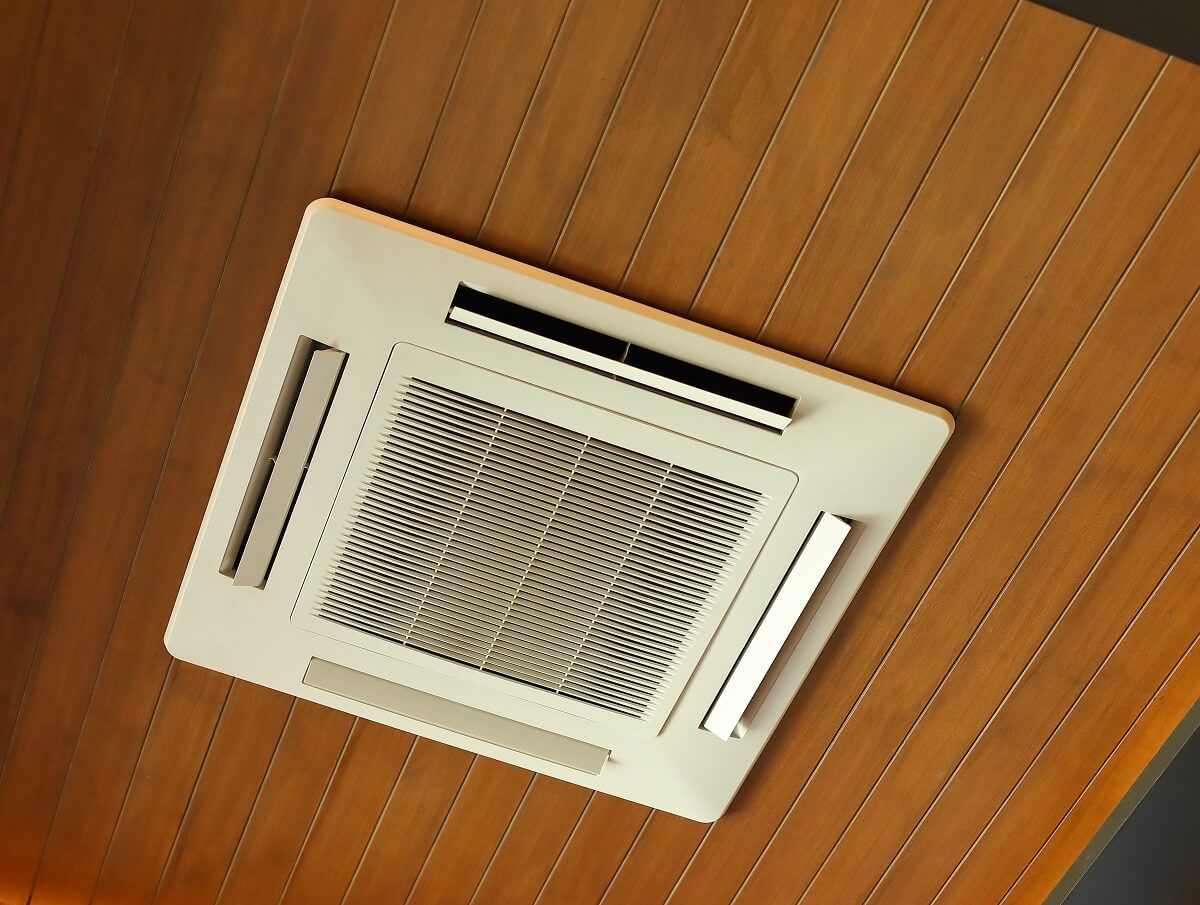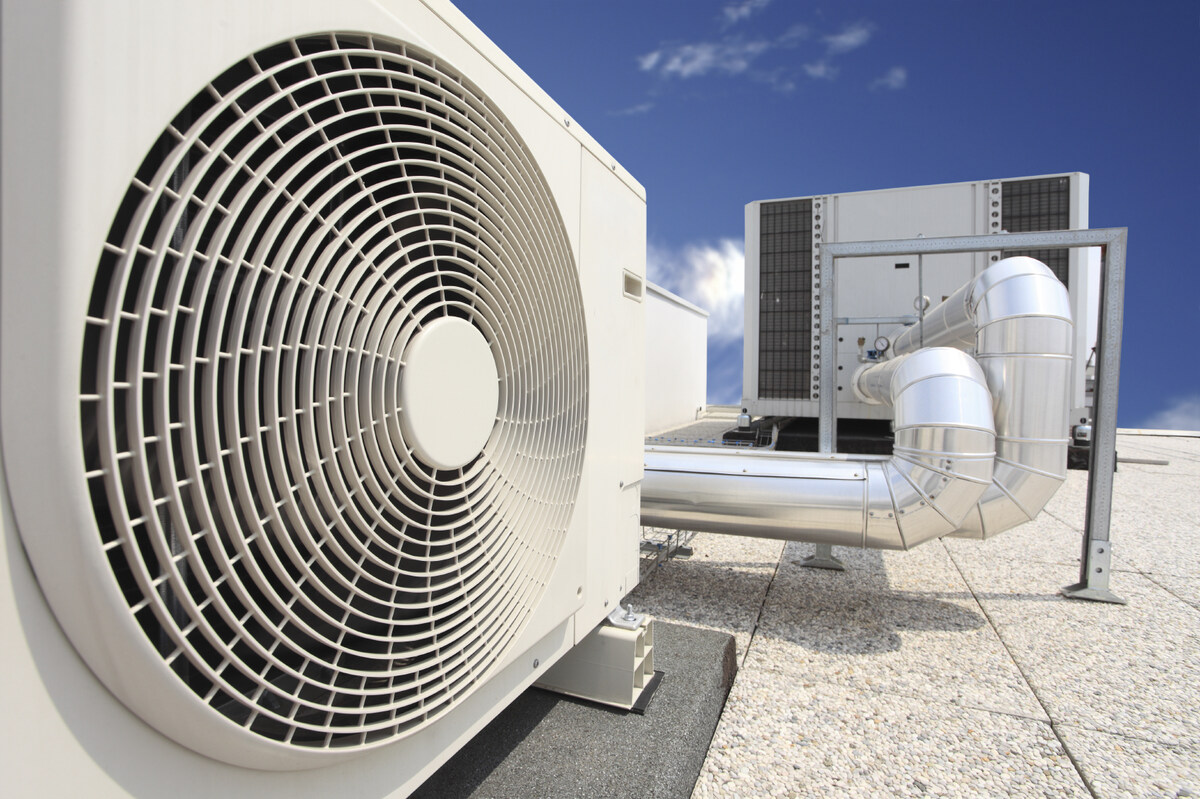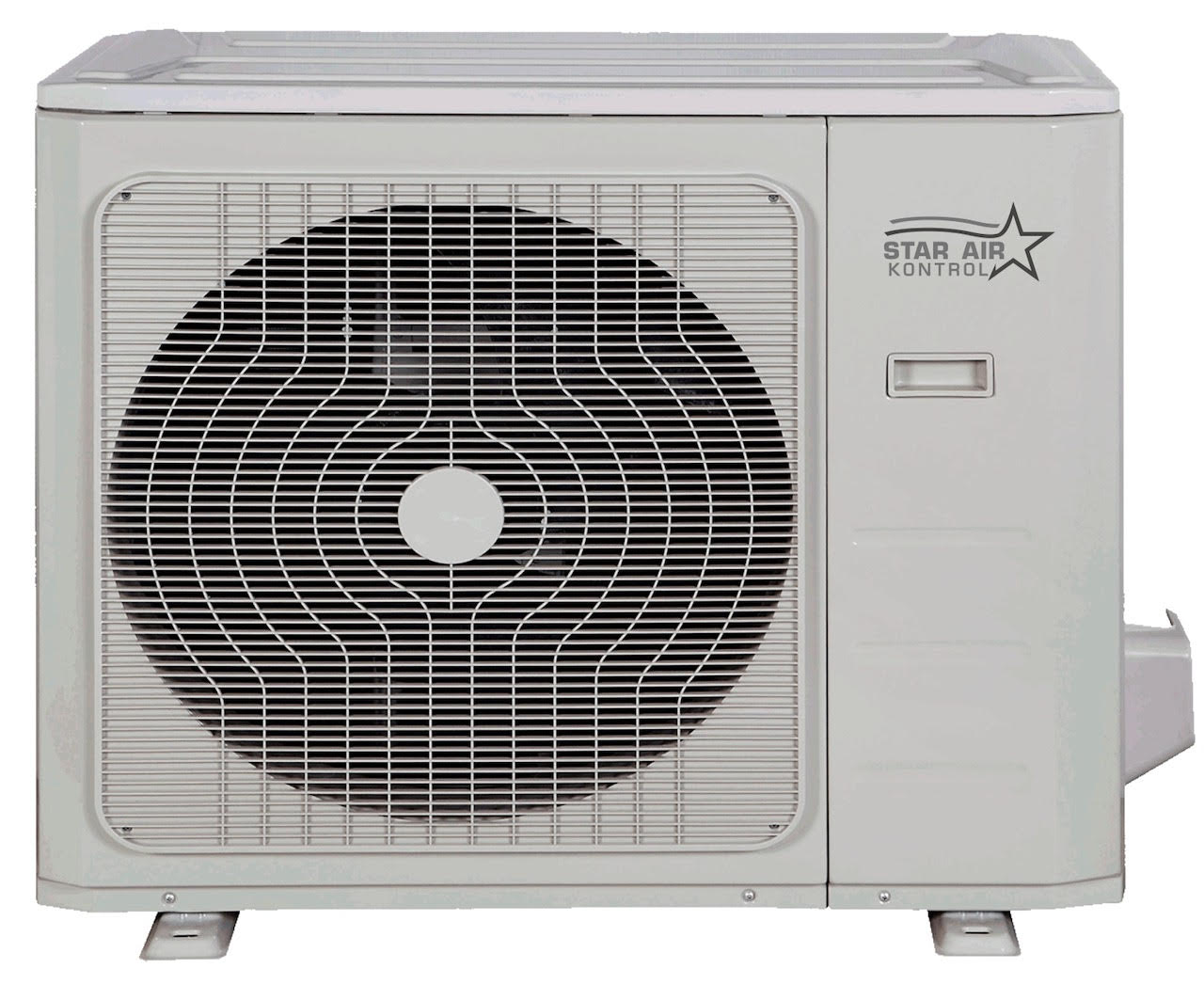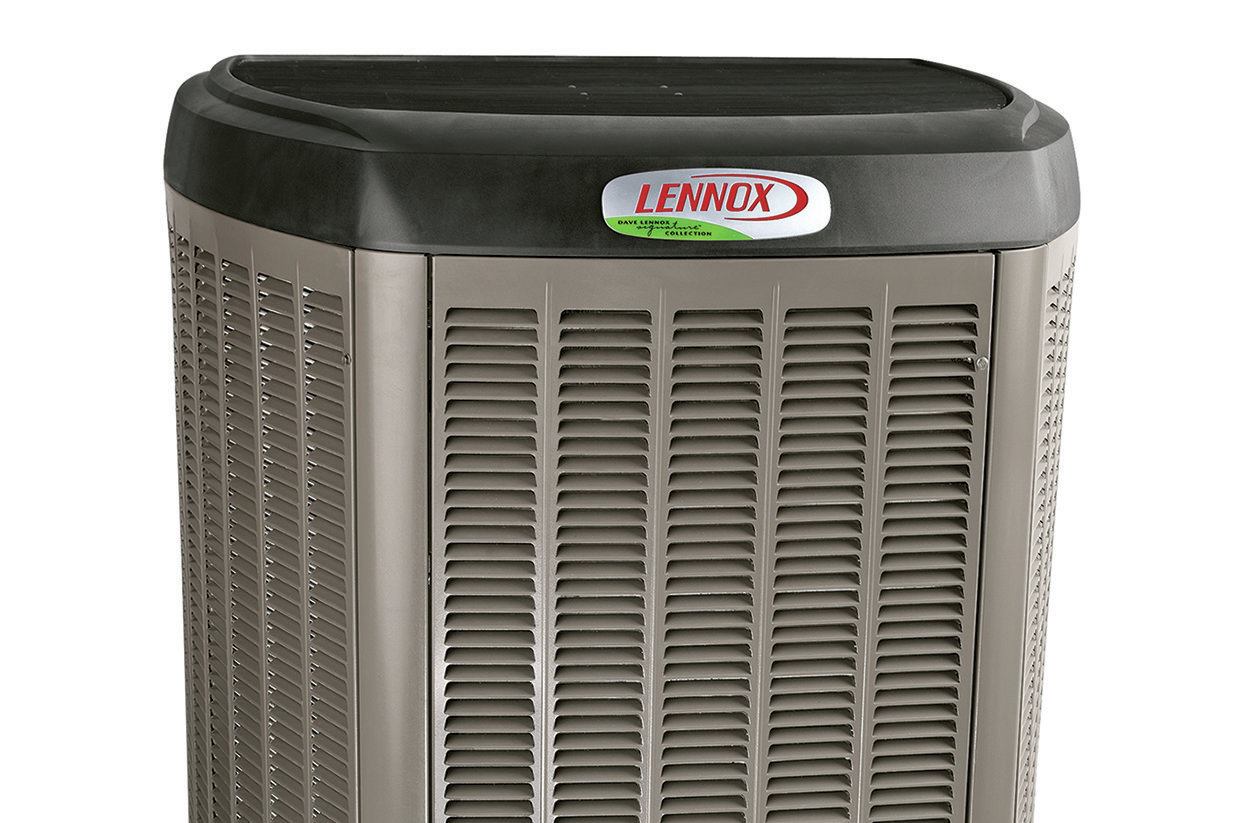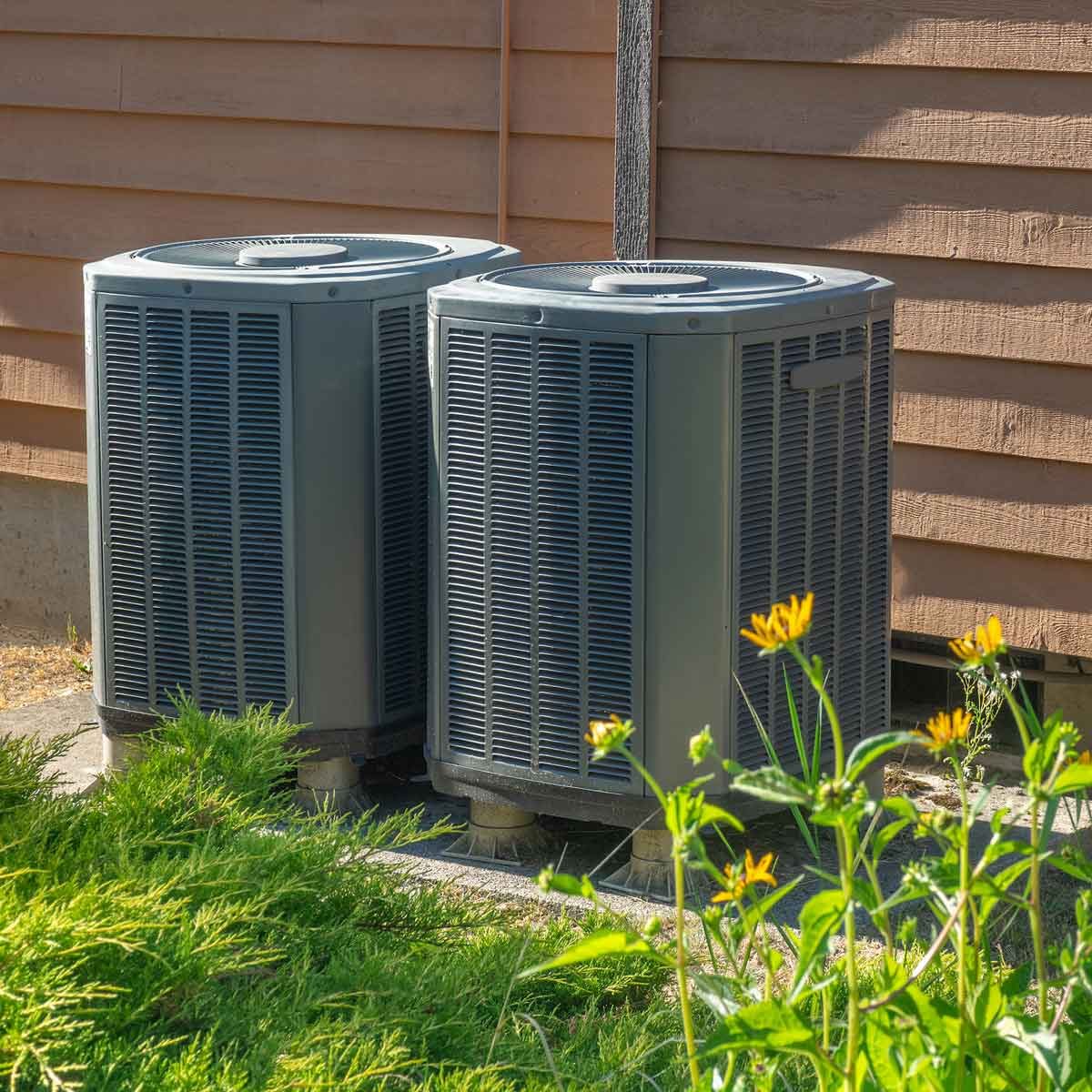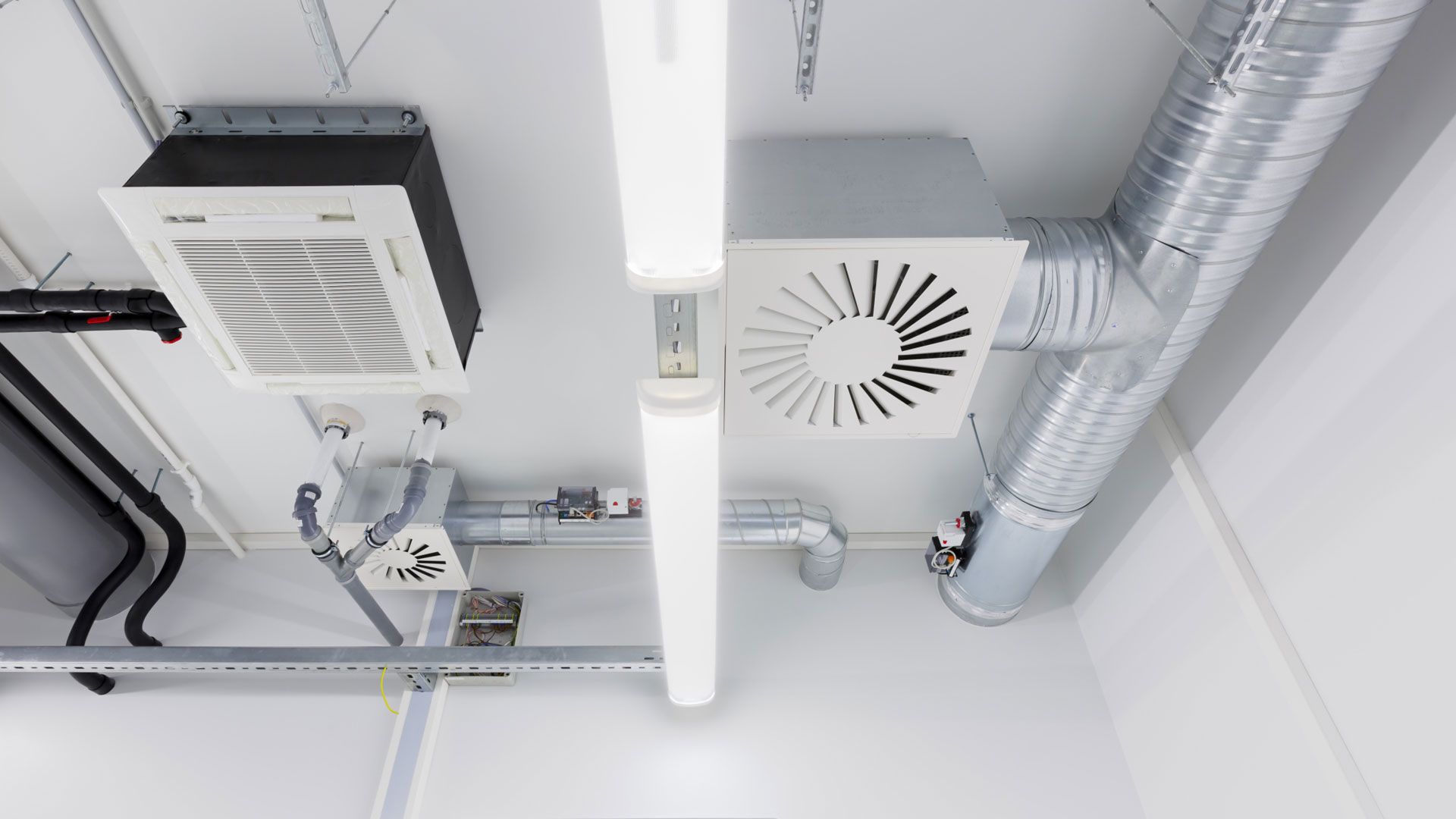Home>Home Maintenance>What Is Air Conditioning Refrigerant
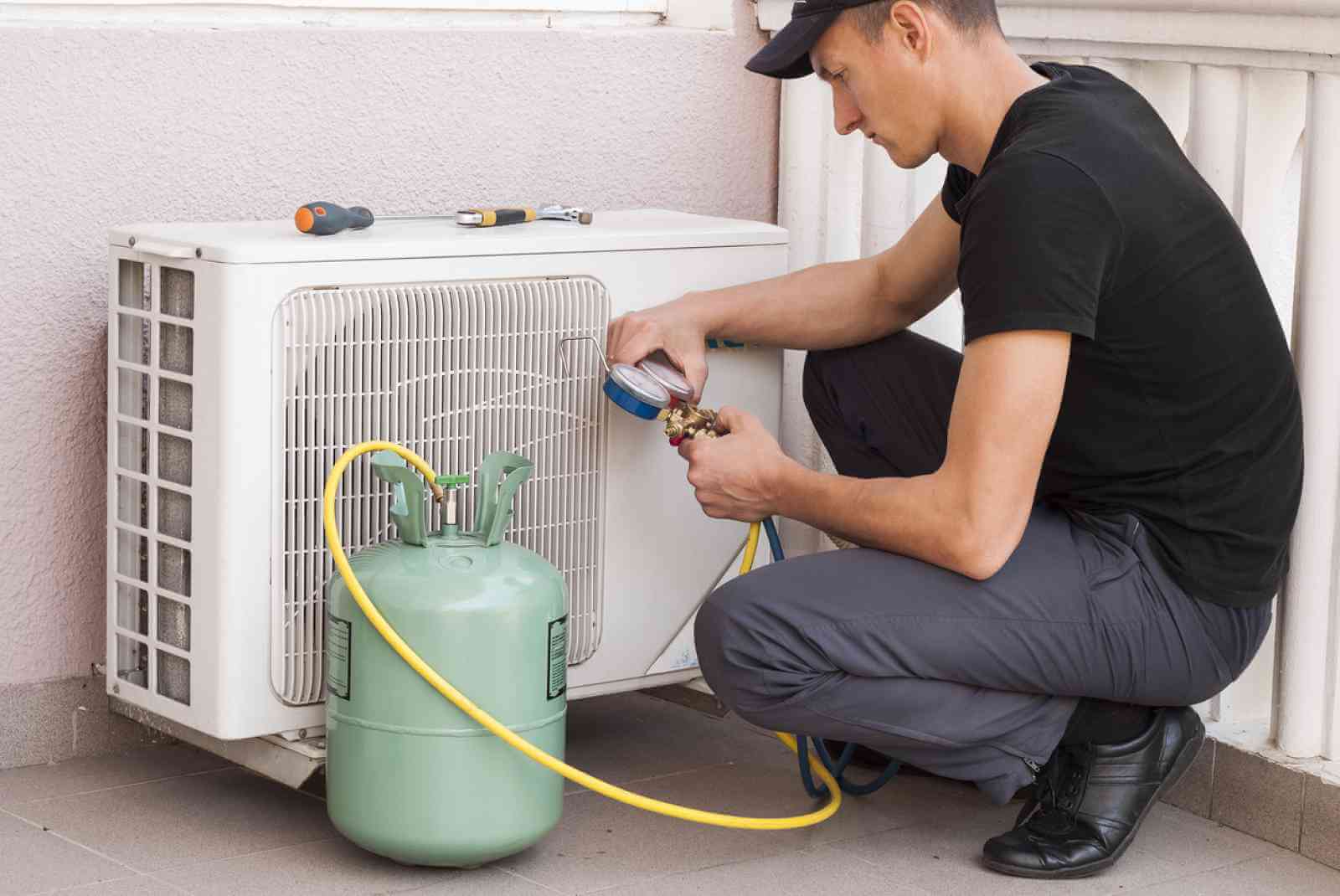

Home Maintenance
What Is Air Conditioning Refrigerant
Modified: March 6, 2024
Discover the importance of air conditioning refrigerant and how it impacts your home's maintenance. Learn about the different types and their role in keeping your AC system running efficiently.
(Many of the links in this article redirect to a specific reviewed product. Your purchase of these products through affiliate links helps to generate commission for Storables.com, at no extra cost. Learn more)
Introduction
Welcome to the world of air conditioning! As temperatures rise, the need to keep our homes and offices cool becomes increasingly important. One crucial component of any air conditioning system is the refrigerant. But what exactly is air conditioning refrigerant?
In simple terms, air conditioning refrigerant is a substance that is responsible for absorbing heat from the indoor air and releasing it outside. It plays a vital role in the cooling process and ensures that your space remains comfortable even on the hottest of days.
In this article, we will explore the different types of air conditioning refrigerants, discuss their environmental impact, and highlight the regulations and restrictions surrounding their usage. Additionally, we will touch upon the benefits of proper air conditioning refrigerant management.
Now, let’s dive into the fascinating world of air conditioning refrigerants and discover how they help keep us cool!
Key Takeaways:
- Air conditioning refrigerants, like R-410A and R-32, keep us cool while protecting the ozone layer and reducing energy consumption. Understanding their types and regulations helps us make sustainable choices for a comfortable and eco-friendly future.
- Proper air conditioning refrigerant management brings benefits like lower energy bills, longer system lifespans, and environmental protection. By following regulations and using eco-friendly options, we can stay cool while being kind to the planet.
Read more: What Is Refrigeration Air Conditioning
Definition of Air Conditioning Refrigerant
Air conditioning refrigerant is a specialized chemical substance used in air conditioning systems to facilitate the transfer of heat. It plays a crucial role in the cooling process by absorbing heat from indoor spaces and releasing it outside, allowing the air conditioning unit to produce cool air.
The refrigerant circulates through a closed-loop system within the air conditioner, undergoing a continuous cycle of evaporation and condensation. As it evaporates, it absorbs heat from the indoor air, cooling it down. Then, as it condenses, it releases the heat outside, ensuring that the indoor space remains cool and comfortable.
Refrigerants are chosen for their specific thermodynamic properties that allow them to efficiently transfer heat. These properties include low boiling points and high heat transfer coefficients. Additionally, refrigerants need to be chemically stable, non-toxic, and non-flammable to ensure the safety of both the system and its occupants.
The discovery and development of different refrigerants have been a significant milestone in the evolution of air conditioning technology. They have revolutionized the way we control indoor temperatures and have made air conditioning systems more efficient and environmentally friendly.
It’s important to note that air conditioning refrigerants are not consumed or depleted during the cooling process. Instead, they continually circulate within the air conditioning system, undergoing phase changes to carry out the heat transfer process.
Now that we understand the definition of air conditioning refrigerant, let’s explore the different types that are commonly used in air conditioning systems.
Types of Air Conditioning Refrigerants
Air conditioning refrigerants come in various types, each with its own unique properties and characteristics. The choice of refrigerant depends on factors such as system efficiency, environmental impact, safety considerations, and regulatory compliance. Let’s explore some of the most commonly used air conditioning refrigerants:
-
R-22 (Freon):
R-22, also known as Freon, was widely used in air conditioning systems for many years. It is an HCFC (hydrochlorofluorocarbon) refrigerant that has been phased out due to its ozone-depleting properties. In many countries, including the United States, the production and importation of R-22 have been banned since 2020, and it is being replaced by more environmentally friendly alternatives. -
R-410A:
R-410A is a hydrofluorocarbon (HFC) refrigerant that has become the standard replacement for R-22. It has a significantly lower impact on the ozone layer and offers better energy efficiency. R-410A operates at higher pressures, which requires the use of equipment specifically designed to handle the increased load. It is commonly used in new residential and commercial air conditioning systems. -
R-134a:
R-134a is another HFC refrigerant widely used in automotive air conditioning systems. It has low toxicity and does not deplete the ozone layer. R-134a is also used in some residential and commercial air conditioning applications, particularly in smaller systems. -
R-407C:
R-407C is an HFC refrigerant that serves as a replacement for R-22 in certain applications. It provides similar performance without harming the ozone layer. R-407C is commonly used in commercial air conditioning systems and heat pumps. -
R-32:
R-32 is a relatively new HFC refrigerant gaining popularity in certain regions. It has a lower global warming potential (GWP) compared to other refrigerants and offers enhanced energy efficiency. R-32 is used in some residential air conditioning systems, particularly in split units.
These are just a few examples of the types of refrigerants used in air conditioning systems. The choice of refrigerant will depend on factors such as local regulations, system requirements, and environmental considerations.
Now that we have a better understanding of the different types of air conditioning refrigerants, let’s delve into their environmental impact.
Commonly Used Air Conditioning Refrigerants
There are several commonly used air conditioning refrigerants, each with its own unique properties and applications. Let’s take a closer look at some of these refrigerants:
-
R-410A:
R-410A, also known as Puron, is one of the most widely used refrigerants for residential and commercial air conditioning systems. It is an HFC (hydrofluorocarbon) refrigerant that does not contribute to ozone depletion. R-410A has high energy efficiency and provides better cooling performance compared to older refrigerants like R-22. Its operational pressures are higher, requiring specialized equipment to handle the increased loads. -
R-32:
R-32 is another HFC refrigerant gaining popularity in recent years due to its lower environmental impact. It has a significantly lower global warming potential (GWP) compared to other refrigerants, making it more environmentally friendly. R-32 is often used in small and medium-sized residential air conditioning systems. -
R-134a:
R-134a is commonly used in automotive air conditioning systems. It is an HFC refrigerant known for its non-toxicity and non-flammability. R-134a has a low global warming potential and does not deplete the ozone layer. It is also used in some residential and commercial air conditioning applications. -
R-407C:
R-407C is an HFC refrigerant used as a replacement for R-22 in certain air conditioning systems. It provides similar cooling performance without contributing to ozone depletion. R-407C is often used in commercial air conditioning systems and heat pumps. -
R-404A:
R-404A is a commonly used HFC refrigerant in commercial refrigeration systems. It is suitable for low and medium-temperature applications and has excellent thermal properties. R-404A is a non-toxic and non-flammable refrigerant that does not deplete the ozone layer. However, it does have a relatively high global warming potential, and efforts are being made to find more sustainable alternatives for commercial refrigeration.
These are just a few examples of commonly used air conditioning refrigerants. It’s important to note that the choice of refrigerant varies depending on factors such as system requirements, energy efficiency, environmental regulations, and safety considerations. As technologies advance and environmental concerns grow, efforts are being made to develop even more environmentally friendly refrigerants with lower global warming potential.
Now that we have explored some commonly used air conditioning refrigerants, let’s discuss the environmental impact of these substances.
When choosing an air conditioning refrigerant, make sure to consider its environmental impact. Look for options that are more eco-friendly, such as those with lower global warming potential (GWP) and ozone depletion potential (ODP).
Environmental Impact of Air Conditioning Refrigerants
The environmental impact of air conditioning refrigerants has become a significant concern in recent years. This is due to the potential negative effects of certain refrigerants on the ozone layer and their contribution to global warming. Let’s examine the two main environmental impacts associated with air conditioning refrigerants:
-
Ozone Depletion:
Some refrigerants, such as chlorofluorocarbons (CFCs) and hydrochlorofluorocarbons (HCFCs), have been found to deplete the ozone layer. These substances contain chlorine and bromine, which have destructive effects on the ozone molecules in the stratosphere. Ozone depletion can lead to an increased risk of harmful ultraviolet (UV) radiation reaching the Earth’s surface, posing risks to human health and ecosystem balance. To address this issue, international protocols such as the Montreal Protocol have been established to phase out the production and use of ozone-depleting substances. -
Global Warming Potential (GWP):
Refrigerants also contribute to global warming by trapping heat in the atmosphere. This is measured by their Global Warming Potential (GWP), which compares their warming potential to that of carbon dioxide over a specific period of time. High-GWP refrigerants can have a significant impact on climate change. To mitigate this impact, efforts are being made to transition to refrigerants with lower GWPs.
As a result of these environmental concerns, the air conditioning industry is shifting towards refrigerants with lower or zero ozone depletion potential and reduced GWP. Hydrofluorocarbons (HFCs) have been introduced as alternatives to the ozone-depleting refrigerants. While HFCs do not harm the ozone layer, they still have a significant global warming potential. Therefore, the industry is now exploring more sustainable refrigerant options, such as hydrofluoroolefins (HFOs) and natural refrigerants like carbon dioxide (CO2) and ammonia (NH3).
It’s important to note that while newer refrigerants have lower environmental impact compared to their predecessors, proper management and disposal of refrigerants are critical to prevent leakage and emissions into the atmosphere. Responsible handling, maintenance, and recycling of refrigerants are essential to minimize their overall environmental impact.
Now that we are aware of the environmental impact of air conditioning refrigerants, let’s discuss the regulations and restrictions placed on their usage.
Read more: What Is Air Conditioning
Regulations and Restrictions on Air Conditioning Refrigerants
In response to growing environmental concerns, regulations and restrictions have been implemented worldwide to control the use of air conditioning refrigerants. These regulations aim to phase out ozone-depleting substances and reduce the global warming potential of refrigerants. Let’s explore some of the key regulations and restrictions in place:
-
The Montreal Protocol:
The Montreal Protocol is an international environmental treaty established in 1987. Its objective is to protect the ozone layer by phasing out the production and consumption of ozone-depleting substances, including certain air conditioning refrigerants. The protocol has been successful in reducing the usage of ozone-depleting substances and promoting the transition to more environmentally friendly alternatives. -
Hydrochlorofluorocarbon (HCFC) Phase Out:
HCFCs, such as R-22 (Freon), have high ozone depletion potential and are being phased out globally. Many countries have set specific timelines to eliminate the production and importation of HCFCs. The phase-out has led to the increased use of hydrofluorocarbons (HFCs) and other non-ozone-depleting refrigerants. -
Kigali Amendment to the Montreal Protocol:
The Kigali Amendment, adopted in 2016, aims to phase down the use of hydrofluorocarbons (HFCs) globally. HFCs have a high global warming potential, contributing to climate change. The amendment sets specific reduction targets for HFCs and encourages the adoption of low-GWP refrigerants in air conditioning and other applications. -
Regional and National Regulations:
Many countries and regions have implemented their own regulations and standards for air conditioning refrigerants. These regulations often align with international agreements like the Montreal Protocol and the Kigali Amendment but may have additional restrictions and requirements. It is essential for manufacturers, technicians, and consumers to stay informed about the regulations in their respective areas. -
Safe Handling and Disposal:
In addition to regulations on refrigerant usage, there are also guidelines for the safe handling, storage, transportation, and disposal of refrigerants. These guidelines aim to prevent leaks, minimize emissions, and ensure proper disposal of refrigerants to protect both human health and the environment.
By adhering to these regulations and restrictions, the air conditioning industry can help mitigate the environmental impact of refrigerants and work towards a more sustainable future.
Now that we understand the regulations and restrictions surrounding air conditioning refrigerants, let’s explore the benefits of proper refrigerant management.
Benefits of Proper Air Conditioning Refrigerant Management
Proper air conditioning refrigerant management is crucial for several reasons, ranging from environmental concerns to system efficiency and cost savings. Let’s explore some of the key benefits associated with responsible refrigerant management:
-
Environmental Protection:
By adhering to regulations and using environmentally friendly refrigerants, proper refrigerant management helps protect the ozone layer and reduce greenhouse gas emissions. It ensures that air conditioning systems contribute minimally to climate change and supports global efforts to mitigate environmental damage. -
Energy Efficiency:
Proper refrigerant management ensures that air conditioning systems are topped up with the correct amount of refrigerant. This promotes optimal system performance and energy efficiency. Well-maintained refrigerant levels help the system to operate effectively, resulting in lower energy consumption and reduced electricity bills. -
Enhanced System Performance and Longevity:
Proper refrigerant management includes regular servicing, leak detection, and repairs. By promptly addressing leaks or other issues, system performance is optimized, and the risk of breakdowns is minimized. This leads to longer system lifespans, reducing the need for premature replacements and saving money in the long run. -
Cost Savings:
Optimal refrigerant management helps to minimize operational costs associated with air conditioning systems. By maintaining the correct refrigerant charge and ensuring efficient operation, energy consumption is reduced, resulting in lower utility bills. Additionally, identifying and repairing refrigerant leaks early can prevent costly repairs and system failures. -
Compliance with Regulations:
Following regulations and restrictions on air conditioning refrigerants is not only a legal requirement but also a responsible practice. Proper refrigerant management ensures compliance with environmental protection measures and demonstrates a commitment to sustainability and corporate social responsibility. -
Health and Safety:
Responsible refrigerant management includes proper handling and disposal practices. This helps protect technicians and occupants from potential health hazards associated with refrigerants. It minimizes the risk of accidents, such as exposure to toxic or flammable substances, and ensures the safe and lawful disposal of used refrigerants.
By prioritizing proper air conditioning refrigerant management, we can achieve a balance between comfort, efficiency, and environmental responsibility. It is a win-win situation that benefits both the planet and our wallets.
Now, as we conclude our exploration of air conditioning refrigerants, we can appreciate the importance of understanding their types, environmental impact, regulations, and the benefits of responsible management.
Conclusion
Air conditioning refrigerants play a critical role in keeping our homes and offices cool and comfortable. By understanding the different types of refrigerants, their environmental impact, and the regulations surrounding their usage, we can make informed decisions that promote sustainability and energy efficiency.
As we transition away from ozone-depleting refrigerants like R-22 (Freon) and embrace environmentally friendly options like R-410A and R-32, we can protect the ozone layer and mitigate climate change. The regulations and restrictions in place, such as the Montreal Protocol and the Kigali Amendment, guide us towards a more sustainable future.
Responsibly managing air conditioning refrigerants brings numerous benefits, including reduced energy consumption, lower operating costs, enhanced system performance, and compliance with environmental regulations. By adhering to proper refrigerant management practices like leak detection, timely repairs, and safe disposal, we ensure the longevity of our air conditioning systems and prioritize the well-being of our environment and occupants.
It is essential for manufacturers, technicians, and consumers alike to stay informed about the latest advancements in refrigerant technology and regulations. By embracing sustainable refrigerant options and adopting responsible practices, we can collectively make a positive impact and create a more environmentally conscious and energy-efficient future.
So, the next time you turn on your air conditioner and enjoy its cool breeze, remember the importance of proper air conditioning refrigerant management. Let’s work together to keep our spaces comfortable while protecting our planet for future generations.
Frequently Asked Questions about What Is Air Conditioning Refrigerant
Was this page helpful?
At Storables.com, we guarantee accurate and reliable information. Our content, validated by Expert Board Contributors, is crafted following stringent Editorial Policies. We're committed to providing you with well-researched, expert-backed insights for all your informational needs.
